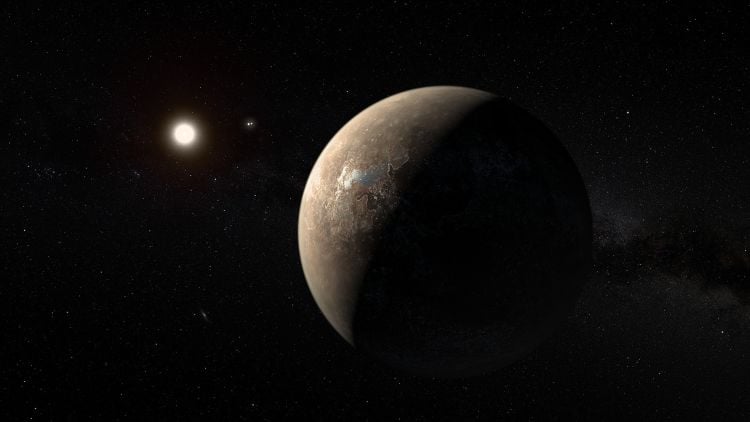Astronomers are constantly searching for new ways to study exoplanets and their atmospheres. One of the biggest challenges is separating the light of a distant exoplanet from its much brighter host star. A recent study, accepted by Astronomy & Astrophysics, explores how a proposed instrument called RISTRETTO could help scientists study planets like Proxima b in unprecedented detail.

How RISTRETTO Advances Exoplanet Research
RISTRETTO is a novel telescopic tool designed to distinguish the faint light from an exoplanet while blocking out the overpowering glare from its star. With this advancement, astronomers hope to analyze the atmosphere, orbit, and surface reflectivity (albedo) of Proxima b, the closest known exoplanet to Earth. The study’s international team believes this technology could open new frontiers in the search for habitable worlds.
Why Studying Proxima b Matters
Proxima b orbits Proxima Centauri, our nearest stellar neighbor. If scientists can determine the composition of its atmosphere and whether it might be suitable for life, it would mark a major milestone in exoplanet research. Future tools like RISTRETTO could help us answer the age-old question: are we alone in the universe?
Sources:
Constraining Proxima b’s Atmosphere, Orbit, and Albedo with RISTRETTO – Universe Today